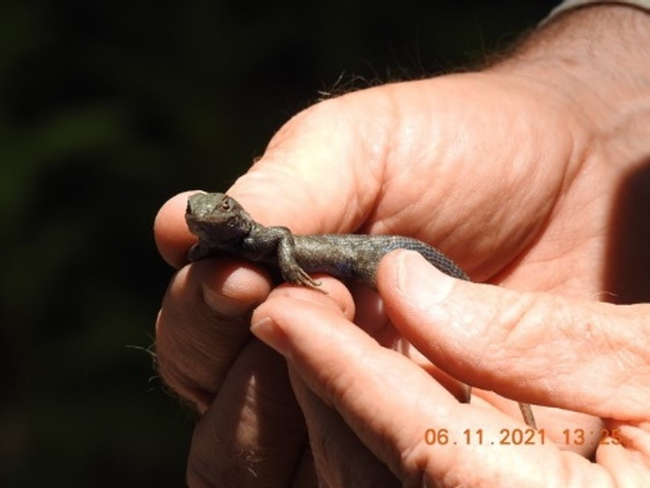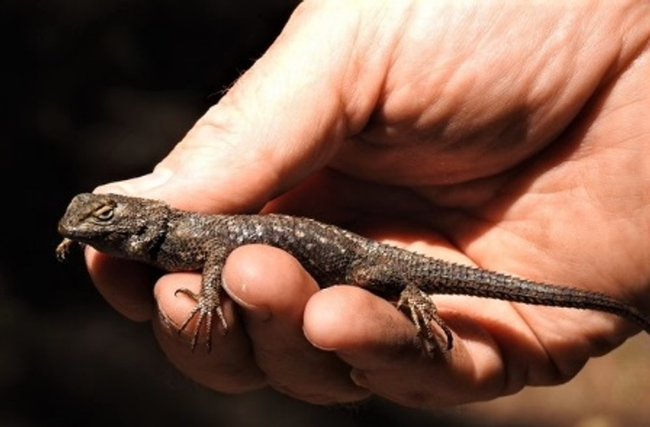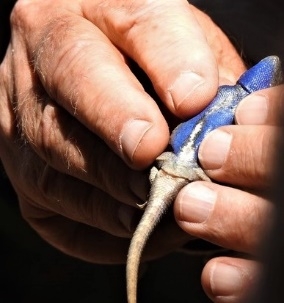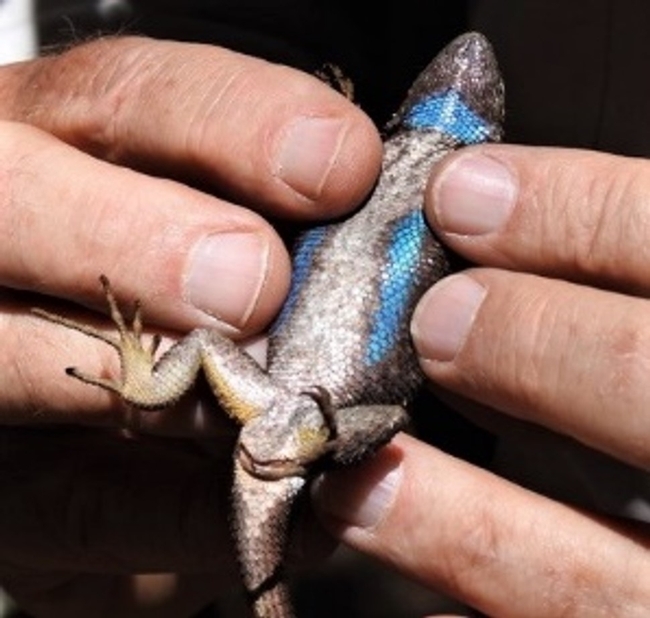Jun 18, 2021
A "Natural History Note" From UC California Naturalist's lead scientist, Dr. Cameron Barrows.
“Look deep into nature and then you will understand everything better” – Albert Einstein
There is an inherent conflict for many animals: blend in with your surroundings so that predators will not see you, but at the same time make yourself obvious so that you can attract a mate and pass along your genes. Birds solved this problem with song. Most birds are mostly visually inconspicuous but announce their intents with melodies. Ornithologists and birdwatchers that have taken the time to learn these arias have a distinct advantage for detecting species over those folks who rely on solely searching treetops with their binoculars. Mammals have solved this same problem with odors, odors that carry information about the who created the odor and are referred to as pheromones by scientists. Scent marking the corners of their territories and changing the chemical components of their urine or specialized scent glands to indicate their status or readiness to mate. Anyone who has adopted a dog into their family knows all too well how focused their furred companions are on scents left by other canines in their neighborhood. Our own species seems to have taken this to a new dimension as evidenced by the extensive perfume counters in almost any department store and the multibillion-dollar industry those displays represent.
Most reptiles are incapable of vocalizations, although some geckos can and do announce their intents with quiet chirps. But most other lizards are mute and visual. And most lizards are on the menu for a myriad of visual predators, especially birds and other larger lizards (and house cats). There is the rub, how do they conceal themselves from predators while at the same time communicating with members of their own species? Snakes use odors extensively to both find prey, define their home ranges, and locate mates. Many lizards also use pheromones. Males are the primary initiators of communication in lizards, and they have a series of enlarged pores along the underside of their hind legs, referred to as femoral pores. Especially during the mating season those glands exude a waxy substance that includes information to other lizards as to what species they are and their relative size and status. Dr. Allison Alberts looked at the use of these pheromones in desert iguanas. One of the problems she identified was that the exudates from their femoral pores were colorless and not very volatile, meaning that another lizard had to be right on top of the waxy exudate to taste it or smell it to convey the necessary information. So how did desert iguanas know where to look for these scent markers? It turns out that the exudate reflects ultraviolet light, and yes, desert iguanas can see in that wavelength. While invisible to us, the iguanas probably see black “blobs” on other wise pale granite rocks and investigate them with tounge flicks.
A group of lizards found only in the tropics of North, Central and South America are collectively referred to as Anoles, in reference to their genus, Anolis. Especially abundant within the Caribbean Islands, Anoles have radiated into many different species with more than 60 species on the island of Cuba alone (imagine there being 60 species of fence or spiny lizards in an area less than the size of California!). Anoles are mostly arboreal, each species typically specializing on a portion of a tree. Some use the lower trunk, some the middle, some the top. Some use small twigs and one lives in small streams, diving into the water to both escape predators and to eat aquatic insects and fish. Most male Anoles have a loose flap of skin below their chin and extending down their throat called a dewlap. Each Anole species' dewlap is a different color, and many are multicolored. Anoles use their dewlaps to communicate with each other like using a semaphore flag – communicating what species they are and based on the size of the dewlap, how big they are. When not communicating, Anoles keep their dewlap folded and hidden, allowing them to blend in the tree canopy and branches, and avoid predators.




In human's search for characteristics that separate us form the other creatures we share this planet with, language and communication of ideas is sometimes cited. But, even with lizards we can see that communication can come in many forms; verbal language is not the only way to communicate. We just have to learn to listen.
Nullius in verba
Go outside, tip your hat to a chuckwalla (and a cactus), and be safe.